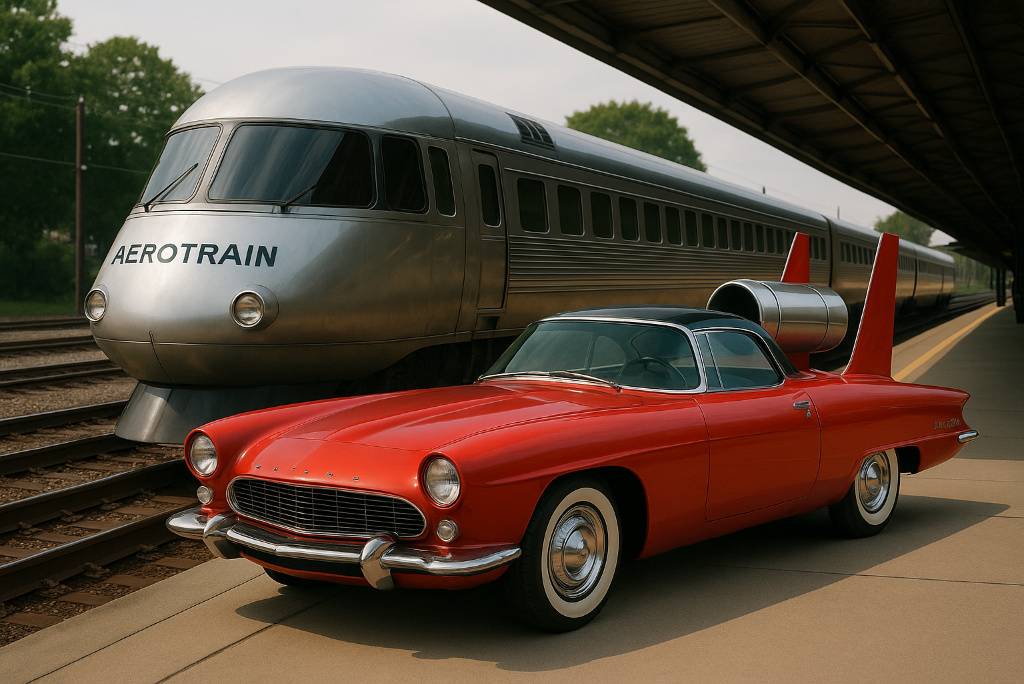The world has never lacked ambitious visions for transforming how we move. From sleek personal pods to radical mass transit systems, countless transportation ideas have promised to reshape cities and revolutionize travel. Yet many of these innovations fizzled out, facing technical obstacles, cost overruns, or simply a public unwilling to embrace the future. These fifteen fascinating concepts reveal how even the boldest transportation dreams sometimes remain parked in the realm of imagination.
1. The Aerotrain
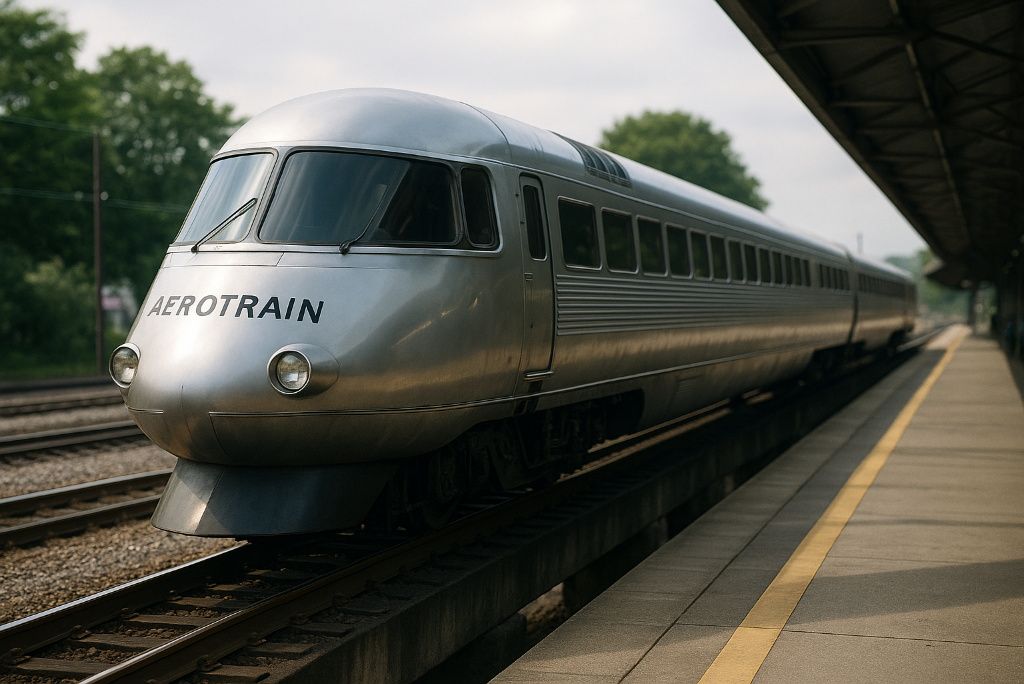
In the 1960s, General Motors introduced the Aerotrain, a futuristic-looking passenger train meant to lure travellers back from airlines and automobiles. Lightweight and styled like a rocket, the Aerotrain offered a sleek aesthetic but quickly proved uncomfortable due to its bumpy ride. Cost-saving measures, such as using bus components, made it ill-suited for longer journeys. Despite trial runs across various U.S. routes, railroads abandoned the Aerotrain by the late 1950s. Today, a few of these streamlined locomotives survive in museums, a reminder that looks alone can’t keep passengers onboard.
2. The Ford Nucleon
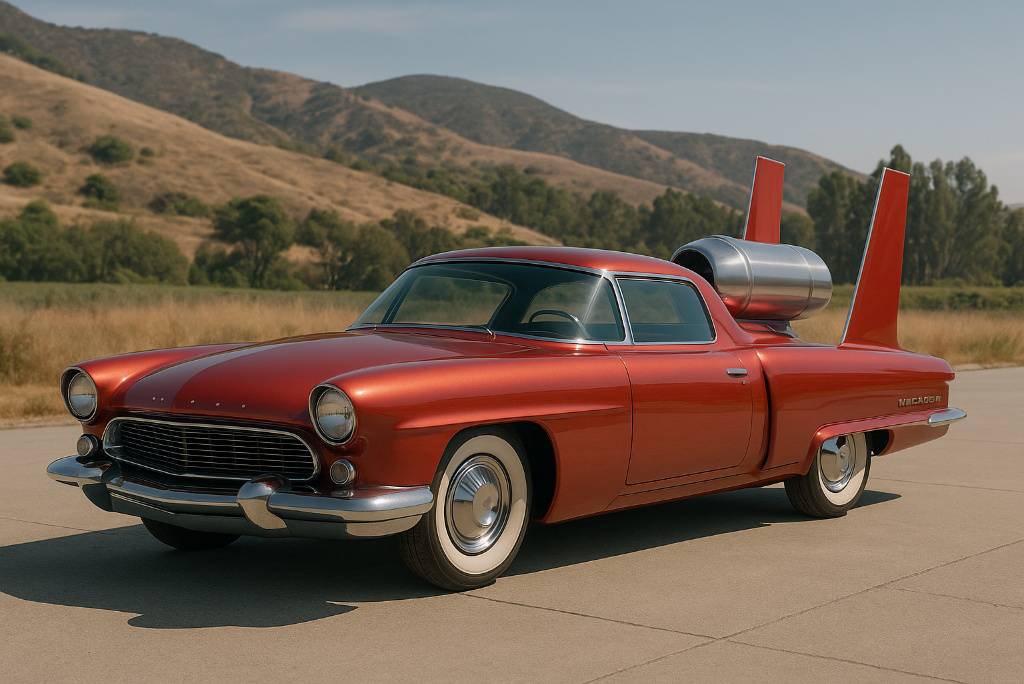
In the 1950s atomic age, Ford unveiled the Nucleon concept car, powered by a tiny nuclear reactor in the rear. The idea was that drivers could travel thousands of miles without refuelling. However, the technological hurdles were monumental—miniaturising nuclear power safely for consumer vehicles was impossible then (and remains so now). Radiation shielding alone would have made the car ridiculously heavy. The Nucleon stayed a design fantasy, symbolising a time when the atom was seen as the answer to everything, even your daily commute.
3. Gyro Monorails
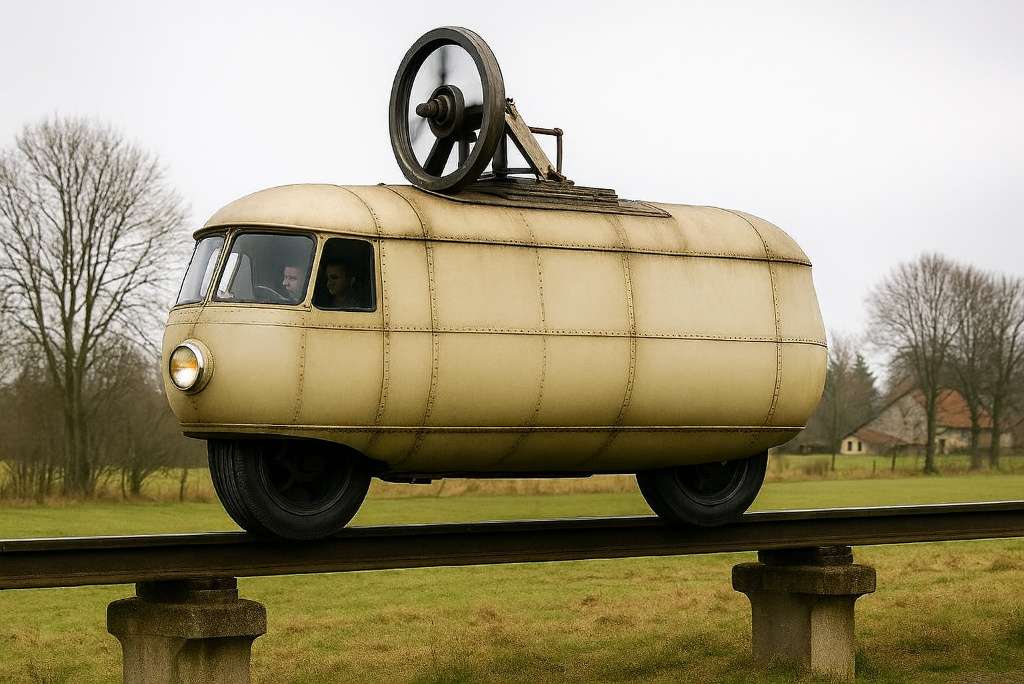
Inventors have long dreamt of balancing entire trains on a single rail. Gyro monorails, like those tested in Germany and Britain in the early 20th century, used spinning gyroscopes to stabilize a train as it glided along a lone rail. Proponents claimed they’d reduce land use and cost less than traditional rail systems. However, they were vulnerable to sudden gyro failures, making derailments catastrophic. The complexity outweighed the benefits, and no full-scale system ever became operational, leaving gyro monorails a curious historical footnote.
4. Personal Rapid Transit (PRT) Pods
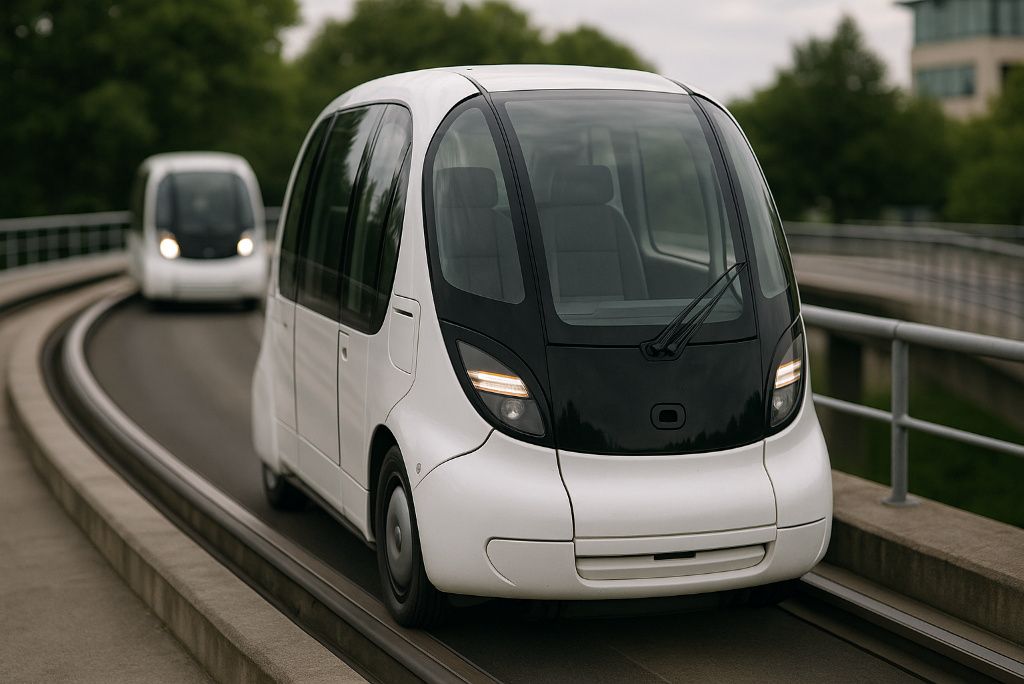
The idea of small, automated pods whisking passengers directly to their destination once seemed like the ultimate urban convenience. Personal Rapid Transit (PRT) systems were trialled in cities such as Morgantown, West Virginia, and London’s Heathrow Airport. Yet technical costs and scalability issues dampened enthusiasm. Systems often couldn’t handle peak traffic volumes, and maintenance costs ballooned. While some PRT lines still exist, the dream of a widespread pod network faded as cities leaned toward traditional rail or bus rapid transit, which are better at moving large crowds.
5. The Moller Skycar
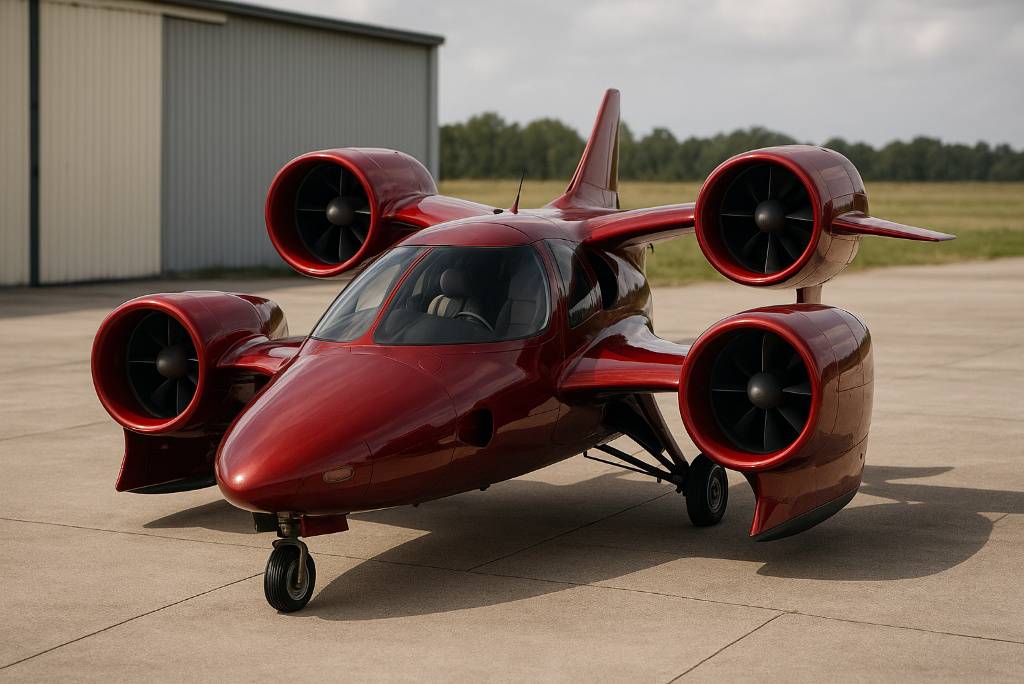
For decades, American inventor Paul Moller promised to deliver a flying car for personal travel—the Moller Skycar. Shown in glossy press photos and demo videos, it promised vertical takeoff, high speed, and car-like handling. However, regulatory hurdles, noise concerns, and the sheer complexity of building a safe flying car kept the Skycar grounded. Despite millions spent and decades of development, the Moller Skycar never entered commercial production. It remains one of the most famous examples of how the sci-fi flying car dream keeps running into real-world turbulence.
6. The Brennan Monorail
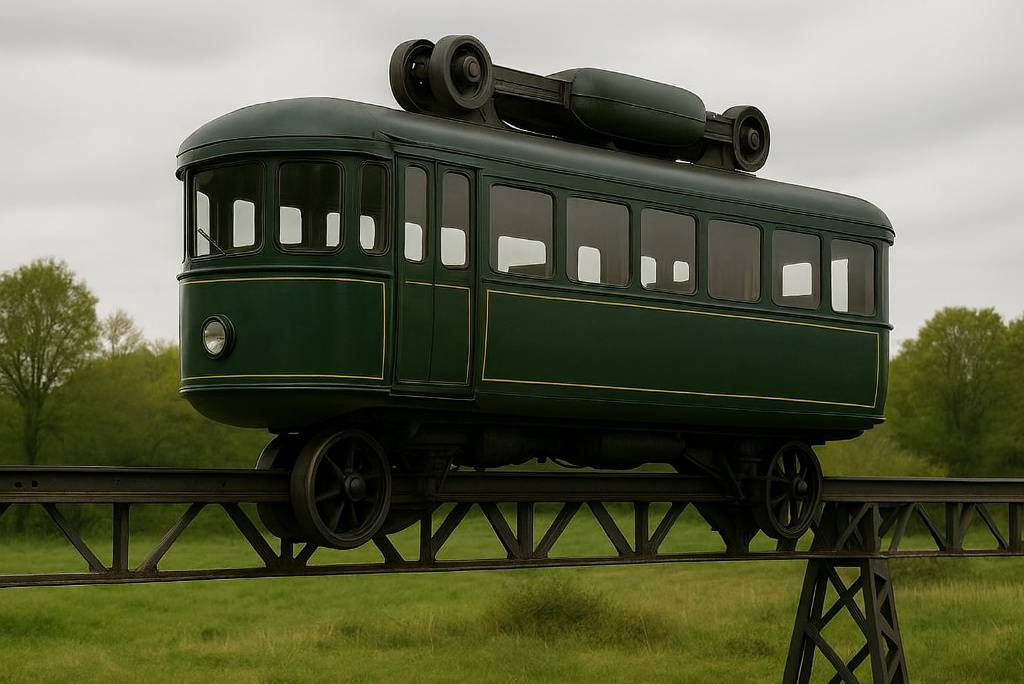
In the early 1900s, British inventor Louis Brennan built a monorail train stabilised by massive gyroscopes, successfully running test tracks in England. The technology allowed the train to balance on a single rail, even with people swaying aboard. Yet the system was complex and costly, and public confidence in a train relying on spinning gyros was low. Safety concerns sealed its fate, especially with the terrifying notion of what could happen during a power failure. The Brennan Monorail thus never transitioned from prototype to widespread adoption.
7. Rocket Belt
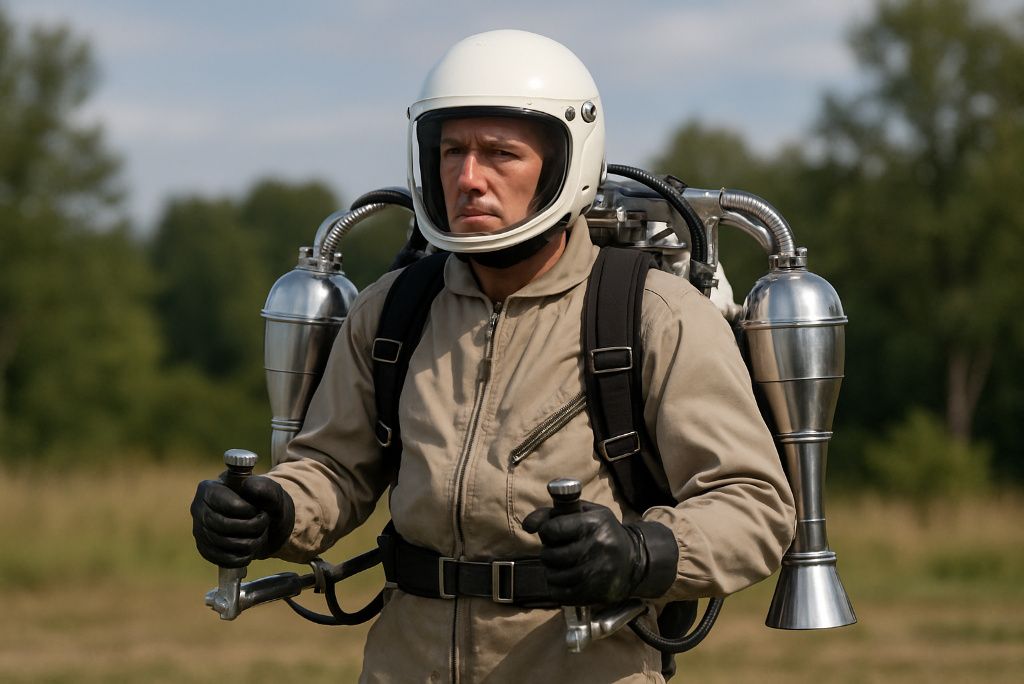
Jetpack dreams soared in the 1960s when Bell Aerosystems developed the Rocket Belt, capable of lifting a person for short hops. Popularized in films like Thunderball, it seemed the future of personal transport. However, the belt’s flight time was a paltry 20 seconds due to fuel constraints, making it impractical for commuting or rescue work. High training requirements and explosive fuels didn’t help. Although modern jetpacks have made advances, the original Rocket Belt faded into a spectacle for air shows and Hollywood rather than everyday travel.
8. The Hovertrain
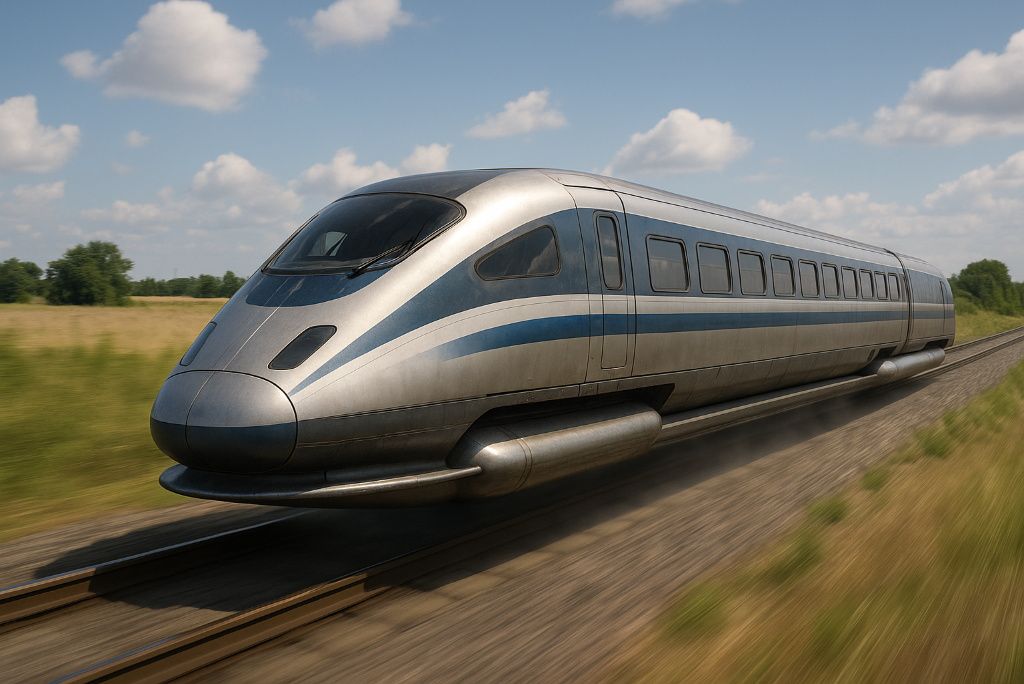
Hovertrains promised near-frictionless travel by floating on a cushion of air rather than rolling on wheels. France’s Aérotrain and Britain’s Tracked Hovercraft projects in the 1960s and 1970s saw prototype vehicles reach impressive speeds. However, hovertrains faced immense noise problems and struggled with track transitions and crosswinds.
Ultimately, magnetic levitation (maglev) technology eclipsed hovertrains by offering smooth rides without noisy air blowers. The hovertrain dream dissolved, leaving behind prototype tracks and vehicles as futuristic relics of an era obsessed with speed.
9. Roadable Helicopters
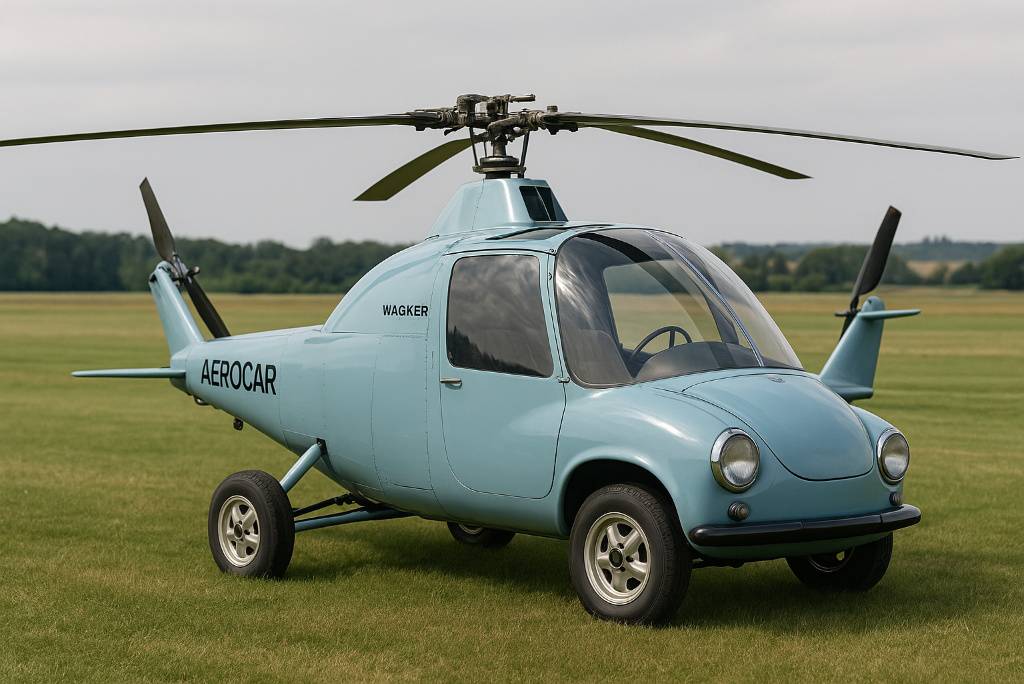
Combining a helicopter and a car seems brilliant in theory: fly over traffic, then drive to your doorstep. Numerous prototypes emerged, including the Pitcairn AC-35 in the 1930s and the Convair Model 118 in the 1940s. Yet these vehicles were plagued by complexity, cost, and safety hazards. Transitioning between flight and road modes wasn’t simple, and crashes during test flights didn’t help confidence. Today’s eVTOL (electric vertical takeoff and landing) aircraft are revisiting the idea, but the classic “roadable helicopter” never truly took off.
10. The Chrysler Turbine Car
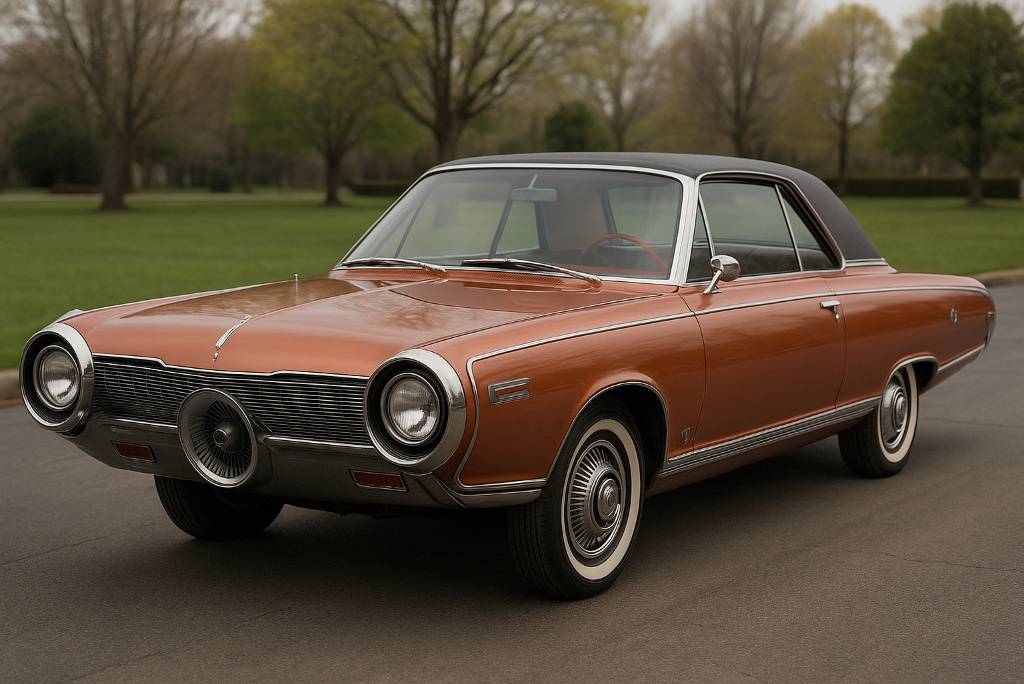
In the early 1960s, Chrysler built about 50 Turbine Cars powered by jet engines instead of pistons. The vehicles ran on nearly any combustible liquid—even tequila—and offered smooth, vibration-free rides. However, the engines were noisy, extremely hot, and drank fuel at alarming rates. Emissions issues and high production costs doomed the concept. Most of the cars were eventually scrapped, though a few remain in museums. The Chrysler Turbine Car stands as a striking example of a promising idea undone by practical realities.
11. The Helicar
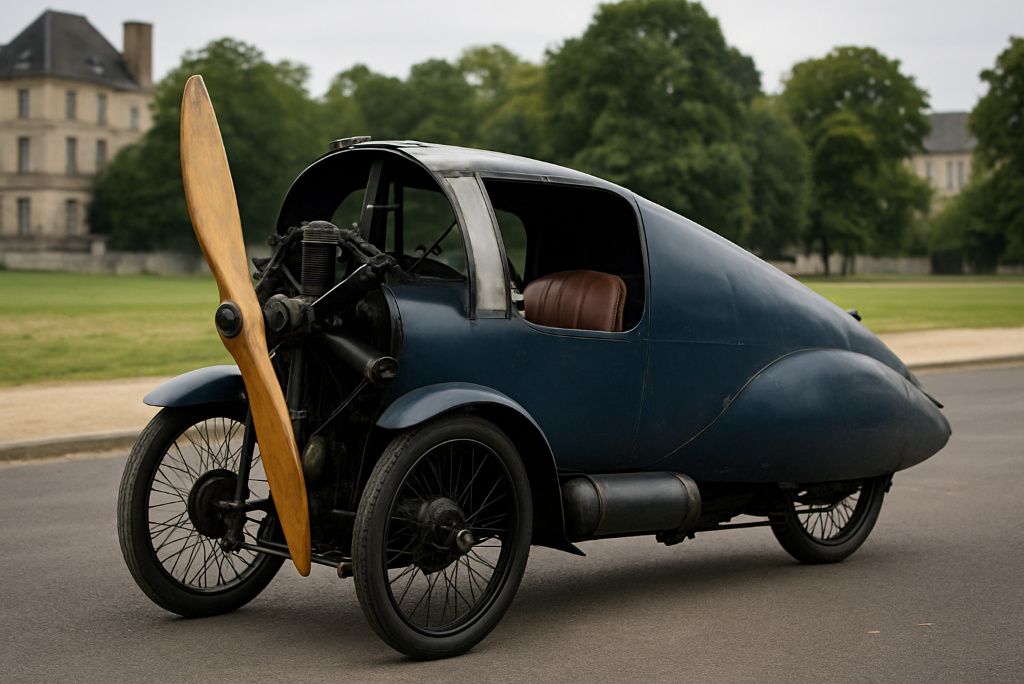
In the 1920s, American inventor A.G. Burns envisioned the Helicar—a lightweight car with helicopter-like rotors for vertical flight. Newspapers reported it as the ultimate solution for traffic jams, promising to lift commuters above congested streets.
But in reality, the Helicar never advanced beyond artistic renderings and enthusiastic headlines. The engineering challenges of creating a safe, roadworthy flying car with the technology of the 1920s were insurmountable. The Helicar faded quickly from public view, becoming an early chapter in the ongoing saga of flying-car fantasies.
12. The Schienenzeppelin
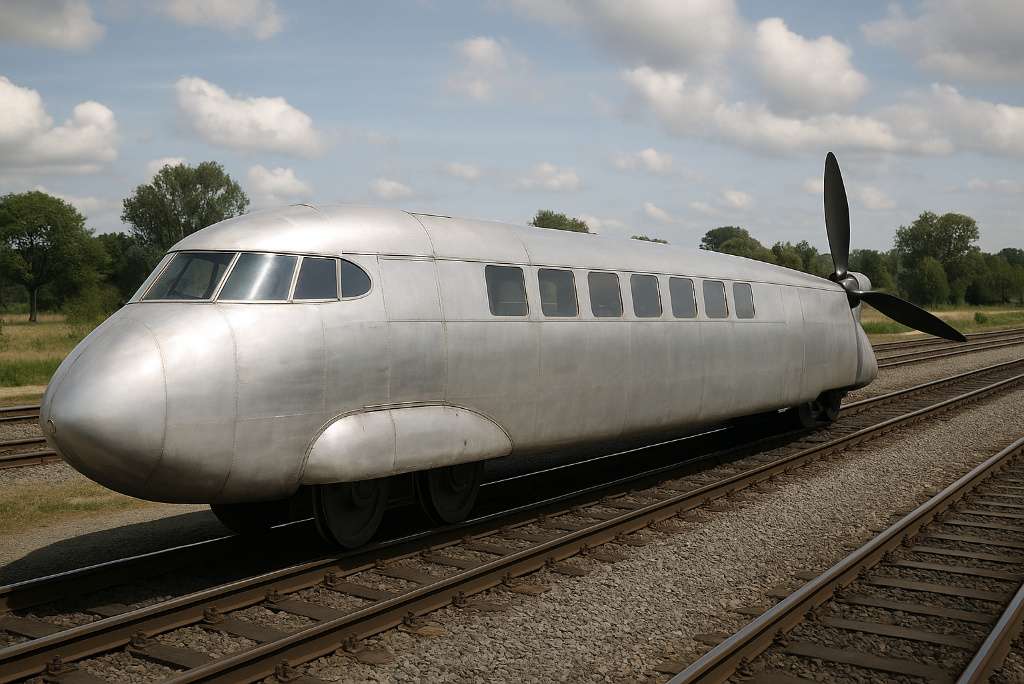
In 1930s Germany, engineer Franz Kruckenberg built the Schienenzeppelin, a train powered by a rear-facing aeroplane propeller. The sleek railcar set a world rail speed record of over 140 mph. However, the open propeller posed safety hazards in stations and urban areas, and braking was problematic at high speeds. Additionally, the design lacked the ability to pull additional cars, limiting its practical use. Despite its impressive performance, the Schienenzeppelin’s propeller-driven concept was retired, proving too dangerous and unwieldy for mainstream rail service.
13. Railplane
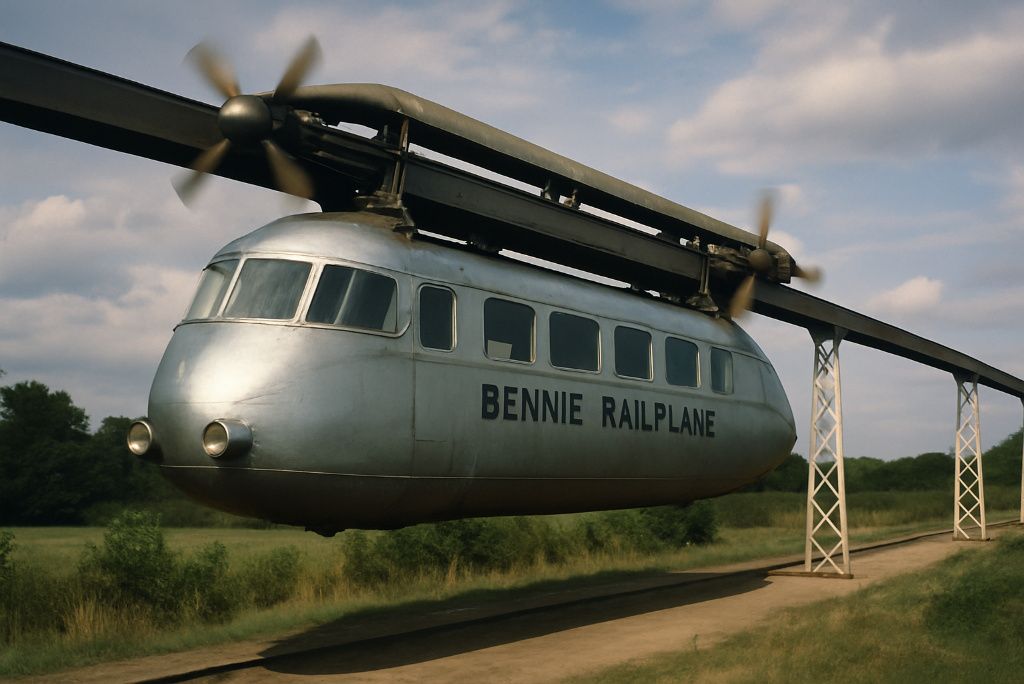
Scottish engineer George Bennie unveiled the Railplane in 1930, a suspended monorail powered by propellers, promising rapid travel above conventional railways. A demonstration track was built near Glasgow, and the lightweight cars zipped along at 120 mph.
Yet investors baulked at the high infrastructure costs, and no full-scale system was constructed. Rail companies feared losing revenue to a competing network. Ultimately, the Bennie Railplane became another visionary idea that found no financial traction, though it remains a popular subject in transportation history circles.
14. Pneumatic Tube Transport
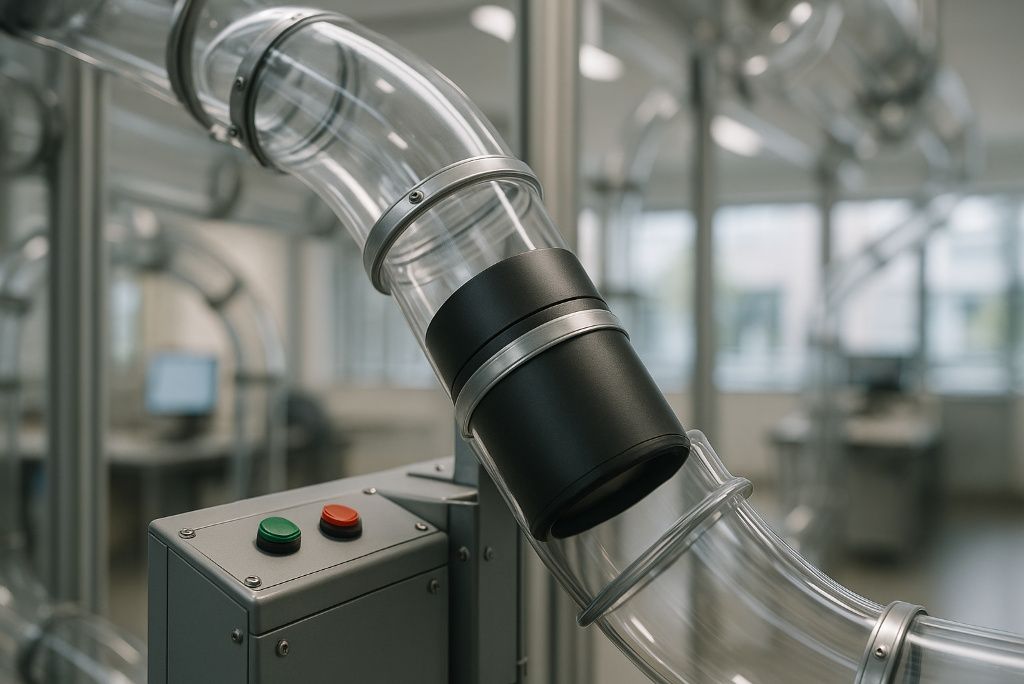
In the 19th and early 20th centuries, inventors imagined whisking passengers through cities in large pneumatic tubes, similar to those that deliver bank documents. In New York, Alfred Ely Beach built a short pneumatic subway in 1870, delighting visitors with smooth rides beneath Broadway.
But expanding the system was prohibitively expensive, and powerful political forces blocked further development. While modern concepts like Elon Musk’s Hyperloop echo the pneumatic dream, moving people through tubes has repeatedly proven financially and technically daunting, keeping it largely theoretical.
15. The Autoped

Before electric scooters ruled city streets, the Autoped debuted in the early 20th century as one of the first motorised scooters. Launched in 1915, it featured a small gasoline engine, foldable handlebars, and a throttle lever. Initially marketed to businesspeople and postal workers for quick urban commutes, the Autoped suffered from limited speed, poor stability, and a reputation for being somewhat unladylike for the era. Sales never took off on a mass scale. Today, surviving Autopeds are collectors’ items, a glimpse into early micromobility’s rocky start.

